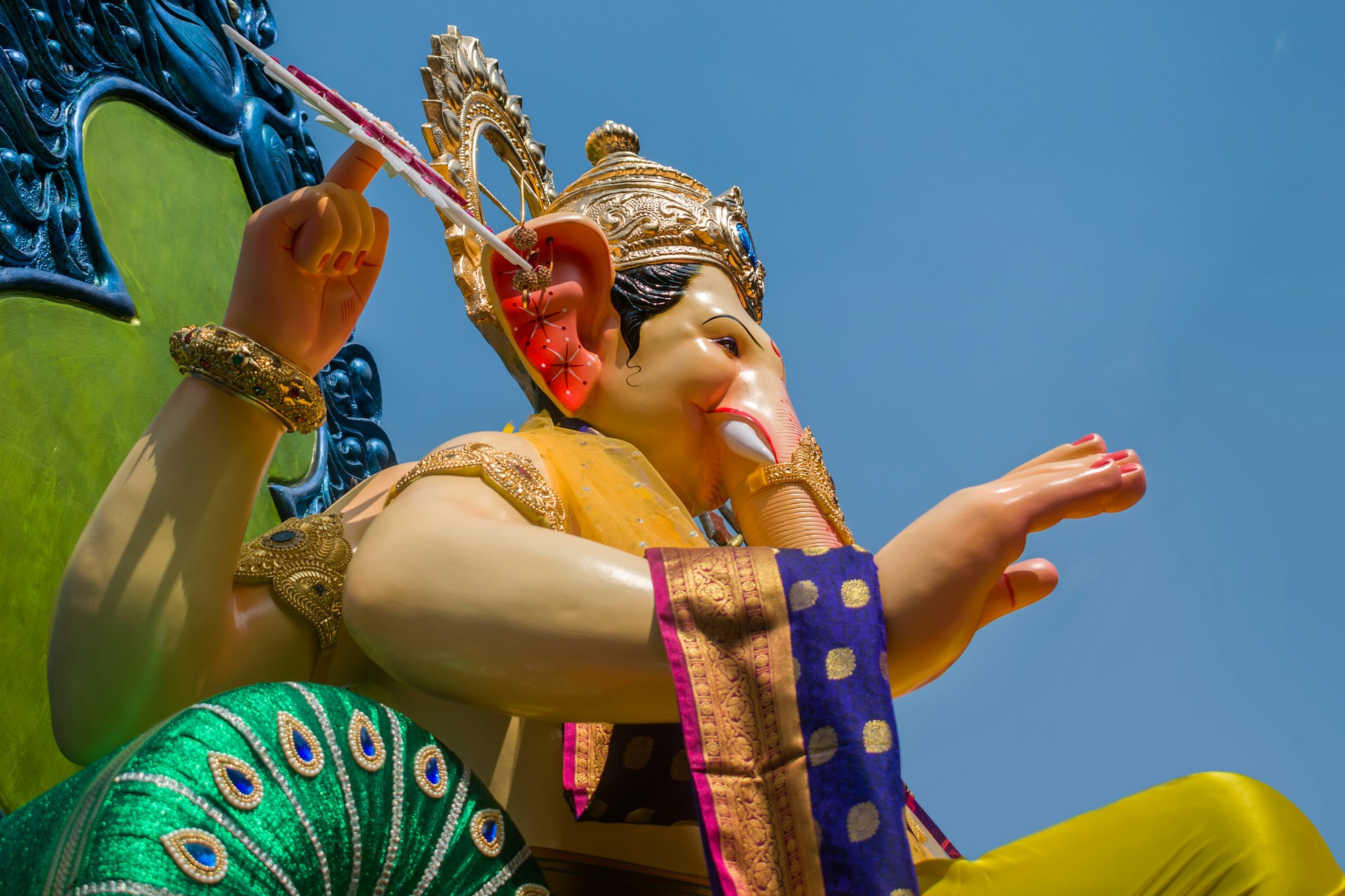Optimal Weather and Seasons for Sukuh Temple Visit
Best time to visit Sukuh Temple for ideal weather is the dry season from June to September, with clear skies and sunny days.

Sukuh Temple, also known as Candi Sukuh, is a unique Javanese Hindu temple located in central Java, Indonesia. This ancient archaeological site is not only a historical wonder but also a place of spiritual significance. When planning a visit to Sukuh Temple, it is essential to consider the weather and seasons to make the most of your trip.
Weather and Seasons for Sukuh Temple Visit
Sukuh Temple experiences a tropical rainforest climate that is characterized by two main seasons: the wet season and the dry season. Understanding the weather patterns can help you choose the best time to visit this fascinating site.
Dry Season (April to October)
The dry season, which typically lasts from April to October, is considered the best time to visit Sukuh Temple. During this period, the weather is generally sunny and dry, making it ideal for exploring the temple grounds and enjoying the surrounding natural beauty.
The temperature during the dry season ranges from 25°C to 30°C, providing pleasant and comfortable conditions for outdoor activities. Humidity levels are lower compared to the wet season, allowing visitors to explore the temple complex without feeling overly sticky or uncomfortable.
As the dry season progresses, the sun shines brightly, providing ample opportunities for photography and sightseeing. Rainfall is minimal during this time, with occasional short showers that are unlikely to disrupt your visit.
Wet Season (November to March)
The wet season in Sukuh Temple lasts from November to March and is characterized by frequent rainfall and higher humidity levels. While the lush greenery surrounding the temple comes alive during this time, the weather conditions can be unpredictable, with heavy downpours and thunderstorms occurring frequently.
Temperatures during the wet season range from 23°C to 28°C, offering cooler conditions compared to the dry season. However, the high humidity levels can make outdoor exploration more challenging, especially for those not accustomed to the tropical climate.
Despite the rain, the wet season brings a unique charm to Sukuh Temple, with misty mornings and vibrant foliage creating a mystical atmosphere. It is advisable to bring rain gear and be prepared for sudden weather changes if visiting during this period.
Best Months to Visit Sukuh Temple
For optimal weather conditions and a memorable experience, the best months to visit Sukuh Temple are typically during the dry season from April to October. Among these months, June to August are considered peak tourist season, offering clear skies, moderate temperatures, and minimal rainfall.
Monthly Weather Overview
| Month | Season | Humidity | Temperature (°C) | Sun (hours) | Rain (mm) |
|---|---|---|---|---|---|
| January | Wet | 85% | 27°C | 4 | 320 |
| February | Wet | 85% | 27°C | 5 | 300 |
| March | Wet | 85% | 28°C | 5 | 340 |
| April | Dry | 75% | 28°C | 6 | 150 |
| May | Dry | 70% | 28°C | 6 | 120 |
| June | Dry | 65% | 28°C | 6 | 80 |
| July | Dry | 60% | 28°C | 7 | 60 |
| August | Dry | 60% | 28°C | 7 | 50 |
| September | Dry | 65% | 28°C | 6 | 80 |
| October | Dry | 70% | 28°C | 5 | 120 |
| November | Wet | 80% | 27°C | 4 | 230 |
| December | Wet | 85% | 27°C | 4 | 290 |
Planning Your Visit
When planning your trip to Sukuh Temple, consider the weather and seasons to ensure a comfortable and enjoyable experience. Remember to pack appropriate clothing, sunscreen, and rain gear based on the time of year you plan to visit.
Regardless of the season, Sukuh Temple offers a fascinating glimpse into Indonesia's rich cultural heritage and is a must-visit destination for history enthusiasts and travelers seeking spiritual enlightenment.
